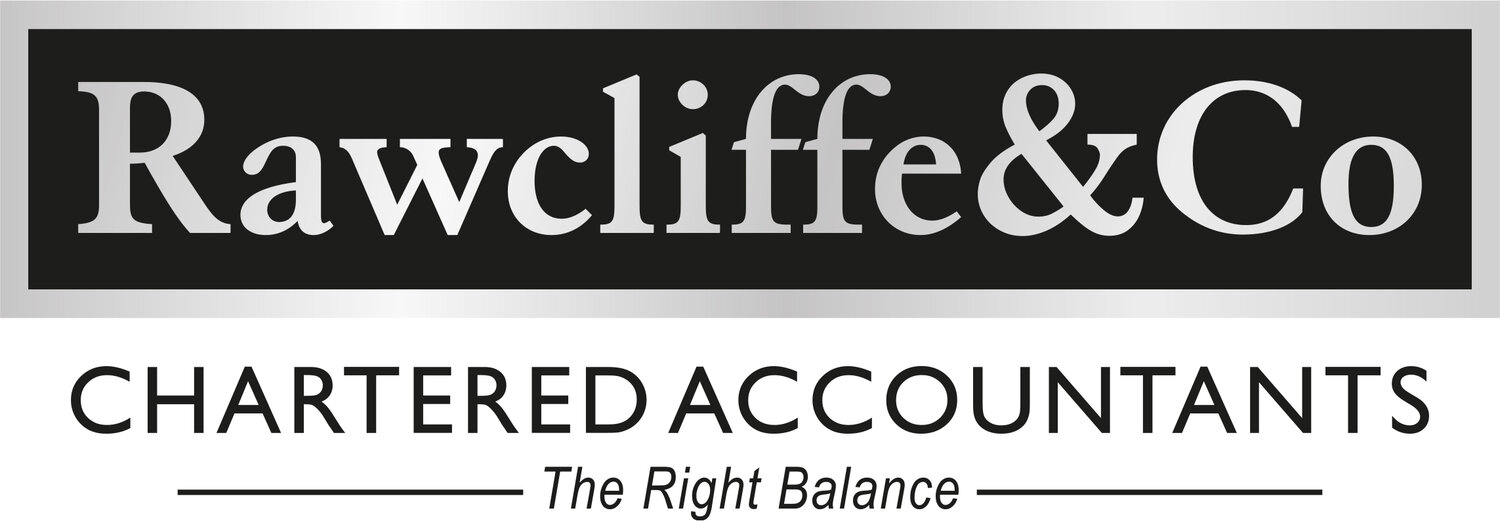The Making Tax Digital Timeline 2015 -18
Are you still a little fuzzy when it comes to Making Tax Digital- what's it all about and does it affect your business? Fear not, as we've condensed all our MTD posts from the last two years into one Making Tax Digital Timeline. If you just want to know where things are up to presently then skip to the end! There, panic over.
The Making Tax Digital Timeline
March 18th 2015
George Osborne announced the introduction of digital tax accounts in his 2015 Budget
By 2020 HMRC expected that a full range of services would be available to tax payers through their digital accounts.
The introduction of quarterly reporting by businesses and landlords via cloud accounting software is set for 2018.
Accountants and businesses begin voicing concerns about the timescale and lack of consultation.
August 15th 2016
HMRC published six consultation documents on Making Tax Digital.
It had been planned that self-employed taxpayers and landlords would be required to keep their business records digitally. They would then need to submit information to HMRC on a quarterly basis.
March 8th 2017
HMRC entitled their project Making Tax Digital for Business.
Under MTDfB, businesses, self-employed people and landlords would be required to maintain their records digitally through software or apps. Summary information would be reported to HMRC quarterly through their ‘digital tax accounts’ (DTAs)
Businesses, self-employed people and landlords with turnovers under £10,000 were told they’d be exempt from these requirements.
The Government started to slow their role…
April 25th 2017
Ahead of the general election, MTDfB was put on hold.
The Treasury select committee MPs argued that £10,000 was too low for a revenue threshold. Also, that there should be a comprehensive pilot before it is made mandatory for all businesses above a certain revenue threshold.
July 13th 2017
The government announced the delay of MTDfB to 2020 at the earliest.
Quarterly VAT reporting using the new system would be mandatory from 2019.
Three million small businesses and buy to let landlords below the VAT threshold would not be required to keep digital accounting records until at least 2020.
Only businesses with a turnover above the VAT threshold (£85,000) were told they had to keep digital records. Initially, only for VAT purposes from 2019.
December 8th 2017
MTD for VAT draft legislation was published with examples of how business account records might link with HMRC’s to comply. The legislation specified that “functional compatible software” must be used to record and preserve prescribed VAT related data.
The pace was set…
May 2018
HMRC confirmed that no further MTD for business changes will be brought in before 2020 at the earliest.
The HMRC statement noted that the convergence of business taxes onto a single system should happen at a slower pace. This will slow the creation of the single account for all business customers.
For individuals, the introduction of further digital services was delayed. The progress on simple assessments and real time tax code changes was put on hold.
July 13th 2018
HMRC issued their detailed guidance on the digital record keeping and return requirements for MTD for VAT.
VAT Notice 700/22 includes examples illustrating different accounting systems and the digital links required to comply with MTD for VAT.
The VAT notice is essential reading for all VAT registered businesses.
Exemptions
HMRC expect that most customers will be able to meet the legal obligations of Making Tax Digital, but accept that it may not be possible for a small number of customers to do so.
You will not have to follow the rules for Making Tax Digital if HMRC is satisfied that either:
it’s not reasonably practicable for you to use digital tools to keep your business records or submit your VAT Returns because of age, disability, remoteness of location or for any other reason you or your business are subject to an insolvency procedure your business is run entirely by practising members of a religious society or order whose beliefs are incompatible with using electronic communications or keeping electronic records
https://www.gov.uk/government/publications/vat-notice-70022-making-tax-digital-for-vat/vat-notice-70022-making-tax-digital-for-vat
Making Tax Digital Timeline
MTD as of September 2019 [updated] :
MTD for VAT is still scheduled to commence in April 2019. Its applies only to those VAT registered businesses with turnover above the £85,000 VAT threshold.
For these businesses, paper records will cease to meet the legal requirements in tax legislation. Maintaining digital accounting records will be mandatory. The current HMRC online tax return services will be withdrawn.
The exact date that businesses are subject depended or will depend on their quarterly return date. It applies to the first prescribed accounting date starting on or after the 1st of April.
The Government wants to focus on supporting VAT businesses to transition and as a result will not be mandating MTD for any new taxes of businesses in 2020 as previously suggested.
If you pay your VAT quarterly by direct debit the sign-up window has closed for the 7 August (30 June quarter) submission. Do not worry as HMRC have announced that you will not be penalised this time so you may file the old way and come back when the direct debit has been collected to sign up in time to file the next return. Although HMRC will not penalise you, they will send a letter telling you that you missed the deadline and asking you to take action.
Visit the Xero Cloud Accounting Page on our blog to read more about why we are experts.
The Rawcliffe & Co team is available via phone or email Monday to Thursday 9-5pm and 9 – 4:30pm on Fridays.
Tel: 01253 798812
Email: info@rawcliffeco.com
